Description
Monstera deliciosa, also known as the “Swiss Cheese Plant,” is a beautiful and low maintenance houseplant. With its large, unique leaves, this plant adds a touch of tropical elegance to any space. It can tolerate low light and cleans the air by removing harmful toxins. Perfect for plant lovers of all levels.
Full Botanical Name:
Monstera deliciosa
Common Names:
Swiss Cheese Plant
Country and/or Region of Origin:
Native to the tropical forests of Southern Mexico through Panama.
Growing Conditions in Native Habitat:
Monstera deliciosa thrives in the humid, dense understory of the forest, where it receives filtered light and climbs trees with its aerial roots.
Care Information:
-
Light:
Prefers bright, indirect light. Direct sunlight can burn the leaves, while too little light can cause the plant to become leggy. -
Ideal Room:
Well-suited to any room with good indirect light, such as a living room or office with large windows. -
Feeding:
Feed with a balanced liquid fertilizer every month during the growing season. Reduce feeding in the winter. -
Humidity:
Thrives in high humidity. Consider using a humidifier or misting regularly to mimic its tropical habitat. -
Ideal Temperature:
Best kept between 65°F and 85°F (18°C to 29°C). Avoid temperatures below 50°F (10°C). -
Watering:
Water when the top inch of the soil is dry. Ensure good drainage to prevent root rot. -
Pet/Child Safe:
Toxic to pets and children if ingested due to calcium oxalate crystals. -
Soil:
Well-draining potting mix, ideally containing peat, perlite, and bark. -
Propagation:
Propagate from stem cuttings or air layering. Spring or early summer is ideal for propagation. -
Eventual Height and Spread:
Can grow very large indoors, with leaves spanning several feet in optimal indoor conditions. -
Growth Rate:
Moderate to fast, depending on environmental conditions. -
Pests and Treatment:
Susceptible to spider mites, scale, and thrips. Treat with appropriate pesticides or natural alternatives as necessary. -
Repotting:
Repot every 2-3 years to refresh the soil and accommodate root growth. -
Pruning:
Prune to control size or remove unhealthy foliage. Pruning encourages more branching and fuller growth. -
Folk Law:
Often seen as a symbol of growth and development due to its unique pattern of natural fenestrations, allowing for light penetration and growth in dense forests. -
Air Purification:
Known to help purify the air by removing toxins such as formaldehyde and benzene.

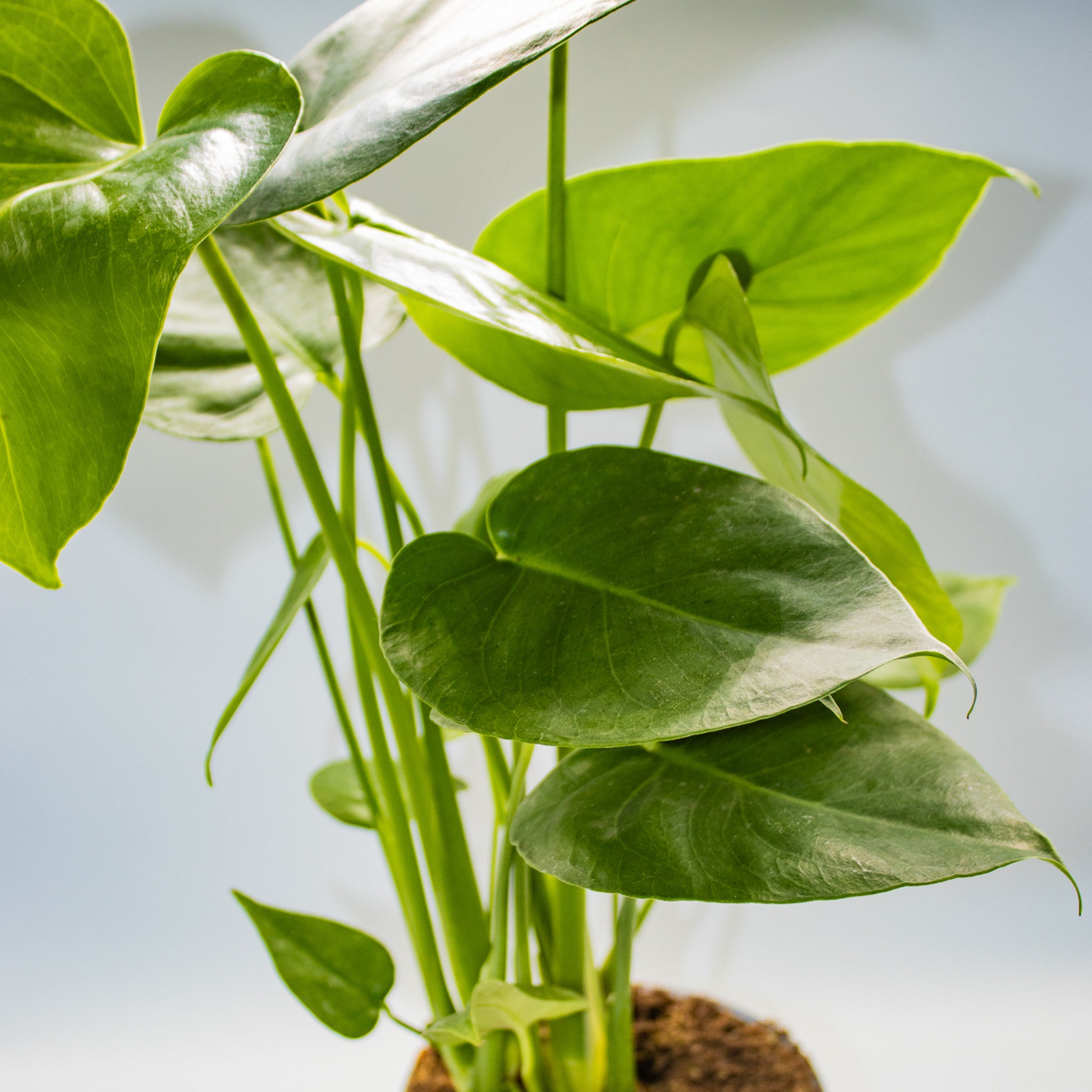

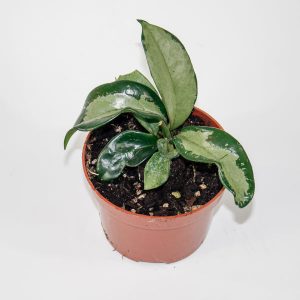

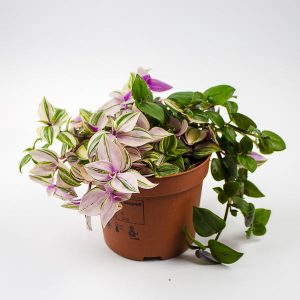


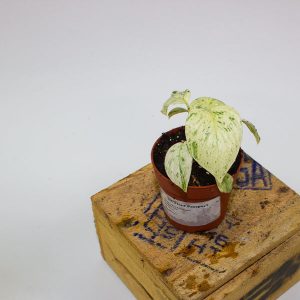

Reviews
There are no reviews yet.